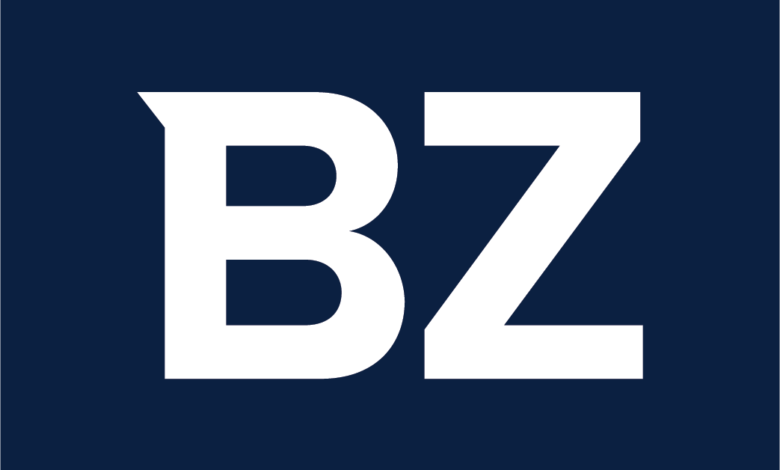Competitor Analysis: Evaluating Tesla And Competitors In Automobiles Industry – Tesla (NASDAQ:TSLA)

May 27, 2024 11:00 AM | 3 min read
27% profits every 20 days?
This is what Nic Chahine averages with his options buys. Not selling covered calls or spreads… BUYING options. Most traders don’t even have a winning percentage of 27% buying options. He has an 83% win rate. Here’s how he does it.
In today’s rapidly evolving and fiercely competitive business landscape, it is crucial for investors and industry analysts to conduct comprehensive company evaluations. In this article, we will undertake an in-depth industry comparison, assessing Tesla (NASDAQ:TSLA) alongside its primary competitors in the Automobiles industry. By meticulously examining crucial financial indicators, market positioning, and growth potential, we aim to provide valuable insights to investors and shed light on company’s performance within the industry.
Tesla Background
Tesla is a vertically integrated battery electric vehicle automaker and developer of autonomous driving software. The company has multiple vehicles in its fleet, which include luxury and midsize sedans, crossover SUVs, a light truck, and a semi-truck. Tesla also plans to begin selling more affordable vehicles, and a sports car. Global deliveries in 2023 were a little over 1.8 million vehicles. The company also sells batteries for stationary storage for residential and commercial properties including utilities and solar panels and solar roofs for energy generation. Tesla also owns a fast-charging network.
| Company | P/E | P/B | P/S | ROE | EBITDA (in billions) | Gross Profit (in billions) | Revenue Growth |
|---|---|---|---|---|---|---|---|
| Tesla Inc | 44.43 | 8.61 | 6.40 | 1.84% | $2.88 | $3.7 | -8.69% |
| Toyota Motor Corp | 9.17 | 1.32 | 1.01 | 2.99% | $2184.65 | $2250.19 | -8.04% |
| Honda Motor Co Ltd | 7.54 | 0.65 | 0.41 | 1.92% | $596.45 | $1150.38 | 0.73% |
| General Motors Co | 5.34 | 0.75 | 0.33 | 4.54% | $6.73 | $5.91 | 7.58% |
| Ford Motor Co | 12.48 | 1.13 | 0.28 | 3.11% | $3.41 | $3.6 | 3.14% |
| Li Auto Inc | 12.93 | 2.25 | 1.13 | 0.98% | $0.7 | $5.28 | 36.44% |
| Thor Industries Inc | 18.89 | 1.29 | 0.49 | 0.18% | $0.1 | $0.27 | -5.93% |
| Winnebago Industries Inc | 17.51 | 1.32 | 0.62 | -0.95% | $0.01 | $0.11 | -18.82% |
| Average | 11.98 | 1.24 | 0.61 | 1.82% | $398.86 | $487.96 | 2.16% |
By conducting an in-depth analysis of Tesla, we can identify the following trends:
-
The Price to Earnings ratio of 44.43 for this company is 3.71x above the industry average, indicating a premium valuation associated with the stock.
-
With a Price to Book ratio of 8.61, which is 6.94x the industry average, Tesla might be considered overvalued in terms of its book value, as it is trading at a higher multiple compared to its industry peers.
-
The Price to Sales ratio of 6.4, which is 10.49x the industry average, suggests the stock could potentially be overvalued in relation to its sales performance compared to its peers.
-
The Return on Equity (ROE) of 1.84% is 0.02% above the industry average, highlighting efficient use of equity to generate profits.
-
With lower Earnings Before Interest, Taxes, Depreciation, and Amortization (EBITDA) of $2.88 Billion, which is 0.01x below the industry average, the company may face lower profitability or financial challenges.
-
With lower gross profit of $3.7 Billion, which indicates 0.01x below the industry average, the company may experience lower revenue after accounting for production costs.
-
The company’s revenue growth of -8.69% is significantly lower compared to the industry average of 2.16%. This indicates a potential fall in the company’s sales performance.
Debt To Equity Ratio
The debt-to-equity (D/E) ratio is an important measure to assess the financial structure and risk profile of a company.
Considering the debt-to-equity ratio in industry comparisons allows for a concise evaluation of a company’s financial health and risk profile, aiding in informed decision-making.
When examining Tesla in comparison to its top 4 peers with respect to the Debt-to-Equity ratio, the following information becomes apparent:
-
Tesla demonstrates a stronger financial position compared to its top 4 peers in the sector.
-
With a lower debt-to-equity ratio of 0.15, the company relies less on debt financing and maintains a healthier balance between debt and equity, which can be viewed positively by investors.
Key Takeaways
For Tesla, the PE, PB, and PS ratios are all high compared to its industry peers, indicating potentially overvalued stock. On the other hand, Tesla’s high ROE suggests strong profitability relative to its equity, while low EBITDA, gross profit, and revenue growth may raise concerns about its operational performance within the industry.
This article was generated by Benzinga’s automated content engine and reviewed by an editor.
27% profits every 20 days?
This is what Nic Chahine averages with his options buys. Not selling covered calls or spreads… BUYING options. Most traders don’t even have a winning percentage of 27% buying options. He has an 83% win rate. Here’s how he does it.
ENTER TO WIN $500 IN STOCK OR CRYPTO
Enter your email and you’ll also get Benzinga’s ultimate morning update AND a free $30 gift card and more!
© 2024 Benzinga.com. Benzinga does not provide investment advice. All rights reserved.



